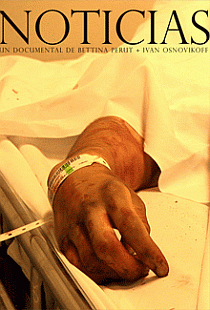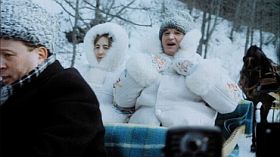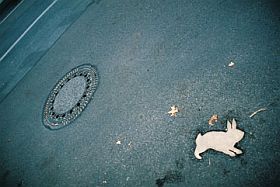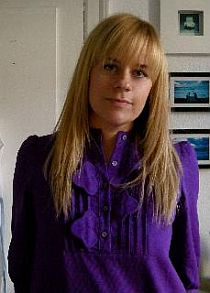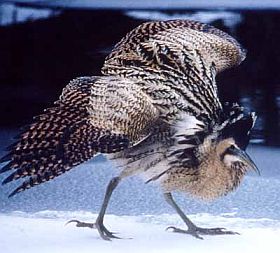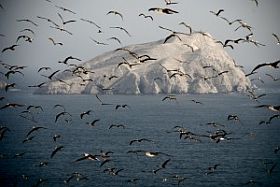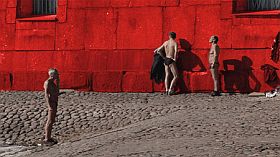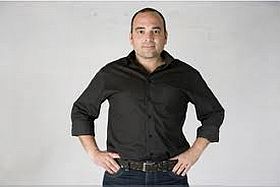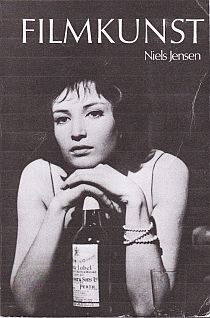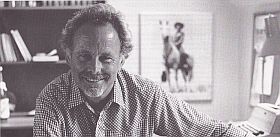Filmstribens juletilbud har været ude nogen tid. Et af dem er en bemærkelsesværdig film, som så smukt, så fuldstændigt dækkende passer til disse dage. Historien er den, at fotografen Leif Bjørn Petersen over fire vintre 1996-1999 gennemførte optagelser af rørdrummen, denne ekstremt sky fugl, som nu er så sjælden. Det blev til omkring 100 timers materiale, som Hanne Risgaard bearbejdede til denne usædvanlige film. Før hun gik i gang med arbejdet, skrev hun en synopsis om det stedets drama, hun så i det store materiale om den helt særlige fugl:
”Et sted i Danmark, i en sø tæt på en trafikeret vej har naturen indrettet sig, så at et hjørne af søen selv i strenge vintre aldrig fryser til. Strømninger i vandet holder det i konstant bevægelse, og det gør, at når frosten sætter ind, og isen lægger sig over søen, bliver hjørnet til en våge – et farligt sted for mennesker, men den eneste kilde til føde for de fugle og dyr, som lever ved søen.
Ved de fleste våger i Vinterdanmark vrimler det med skalleslugere, fiskehejrer, ænder og andre fugle, almindelige på vore kanter. Men vågen i denne lille sø har sjældne gæster. Isfuglen er en af dem. Men den mest bemærkelsesværdige er rørdrummen – stor og aparte, mystisk og sky og meget, meget sjælden i den natur, hvor mennesker fylder næsten alt.
Historien om rørdrummen ved vågen er historien om kampen for at overleve. Så længe vinteren er mild, er der føde til alle, og dermed også plads til alle. Men efterhånden som isen breder sig, og det åbne vand bliver mindre og mindre, begynder der en kamp om den føde, som for de fleste af disse fugles vedkommende kun kan hentes i vågen, under vandet. Det er mest skallerne, der må holde for. Men fuglenes kamp er ikke kun at få fat i det måltid, en skalle udgør. Den virkelige kamp er at få slugt skallen, inden en anden fugl går i krig for et nemt foder. I den kamp kan blodet flyde, og alle er hinandens fjender. Rørdrummen og fiskehejren bliver de markante kombattanter i en vinter, som kræver mange ofre.
Det er foråret, som udvider vågen, smelter isen og sætter gang i den cyklus, som sikrer fortsat liv… Der hvor de fleste naturfilm starter, slutter denne historie.”
Hanne Risgaard: Rørdrummens vinter, Danmark 2004, 35 min. Manuskript: Hanne Risgaard, fotografi: Leif Bjørn Petersen, speak: Hanne Risgaard, klip: Jes Kjær Paul, musik: Morten Alfred Høirup og Jes Kjær Paul, produktion: Adam Schmedes, Loke Film www.lokefilm.dk Kan altså ses på Filmstriben



